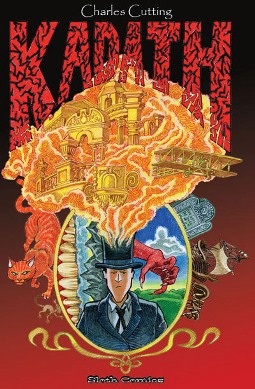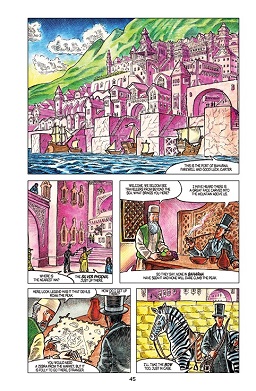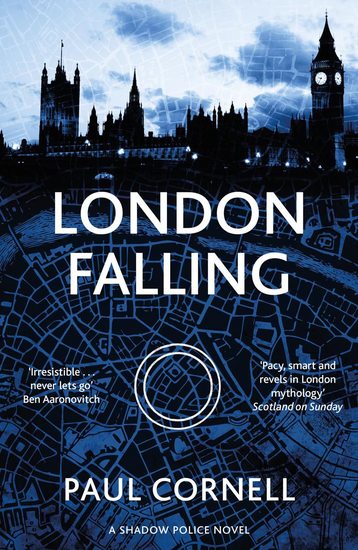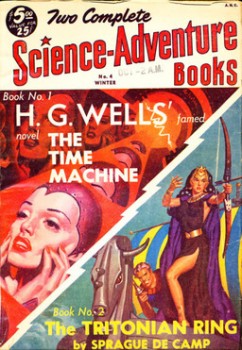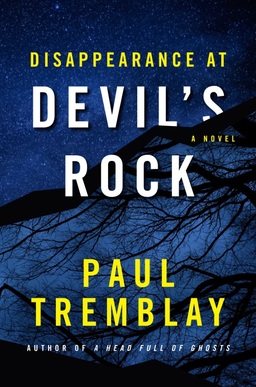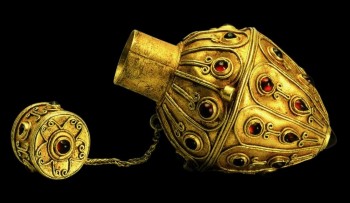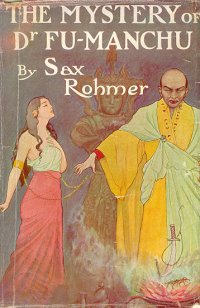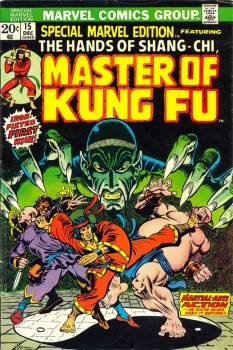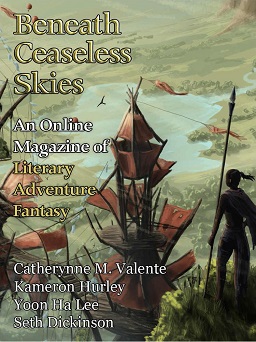The Digest Enthusiast #4 Now Available
 |
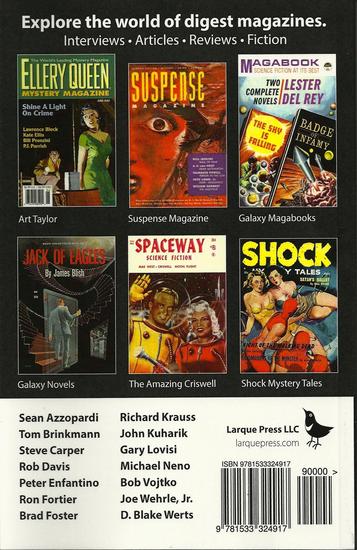 |
The Digest Enthusiast is fast becoming one of my favorite magazines.
Yeah, maybe that’s because I’m an obsessive collector of digest magazines, so finding a publication devoted to my special interests makes me feel all tingly. But seriously, this magazine is a fun read, cover to cover.
Take for example Steve Carper’s excellent article on The Galaxy Science Fiction Novels, 31 SF novels published in magazine format between 1950-1958 and edited by Galaxy‘s legendary editor H.L. Gold. I bought a story from Steve Carper, “Pity the Poor Dybukk,” which appeared in Black Gate 2, and it’s great to be reading him again. In less skilled hands this article might be nothing more than a dry recitation of facts and publishing dates (not that I wouldn’t find that thrilling, mind you), but Steve greatly livens up the proceedings with fascinating and highly informed commentary on the novels Gold chose, and the often surprising history behind them. Here’s a taste.
